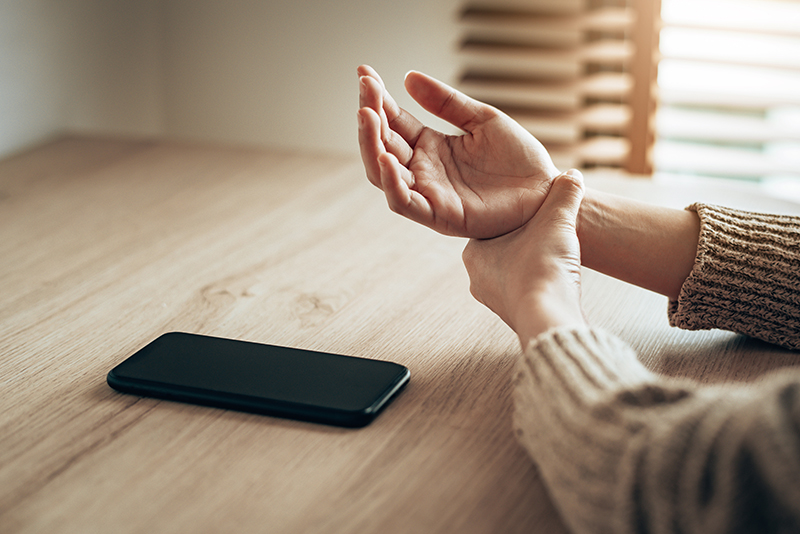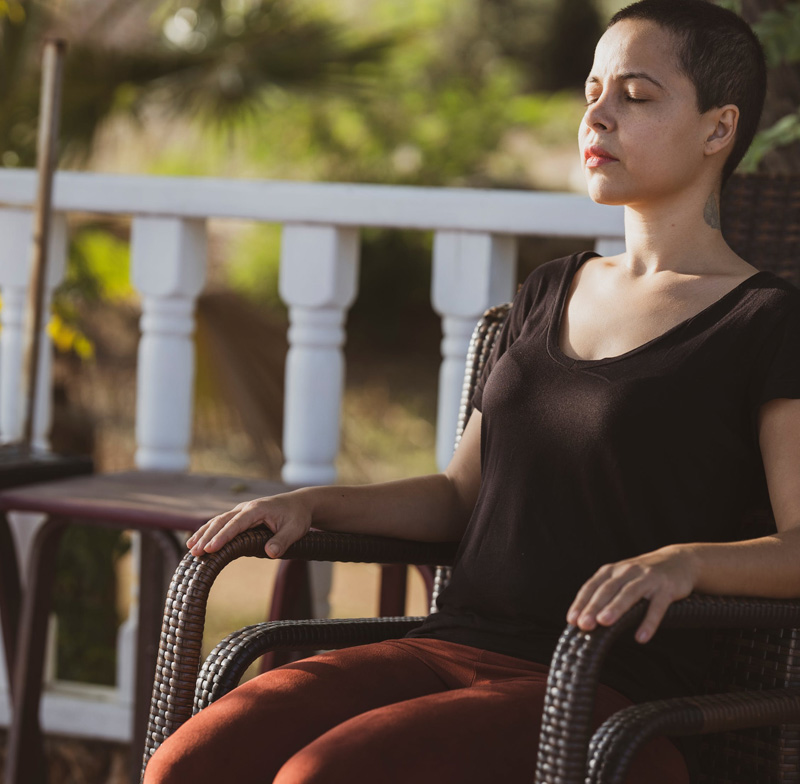Osteoarthritis is the most common type of arthritis. It is also classed as a degenerative joint disease and often called “wear-and-tear” arthritis. The destruction of cartilage, a rubbery substance that reduces friction in your joints, is the primary cause of osteoarthritis. The spine, fingers, thumbs, hips, knees, or big toes are the most common places for it to occur, yet it can develop in any joint. In osteoarthritis, a joint’s cartilage starts to degrade, and the underlying bone begins to alter. . These alterations typically take time to manifest and worsen. OA may result in discomfort, stiffness, and edema. Some people lose the capacity to perform everyday things, resulting in impaired function. Common signs and symptoms include pain, aching, stiffness, decreased movement (range of motion), and swelling. Risk factors for osteoarthritis include previous joint injury, overuse, age, gender, obesity, genetics, and race. Research has found that women are more prone than men to the stiffness, aching, and disability of osteoarthritis. Woman of the same age can have a 3.5 times greater risk of developing osteoarthritis in their hands than men, and a 40 percent higher risk of developing knee osteoarthritis, while hip osteoarthritis is 10 percent more common in women than in men. Some evidence suggests that women typically experience more intense pain than males.
Most arthritis sufferers benefit greatly from physiotherapy as part of their care, with assistance in resuming or maintaining an independent, active life at home and work. Physiotherapists specialize in analyzing movement and can teach you how to take care of your joints. Although there is no known cure for osteoarthritis, there are a variety of options to address its symptoms, including:
- increased exercise
- physical treatments including manual treatments and electrotherapy (like TENS) directed at the affected joints
- weight loss
- medications including over-the-counter or prescription painkillers
- crutches or canes
- surgery, if other treatment options have not been effective
A physiotherapist for you will:
- Provide guidance and assurance
- Assist you in feeling particular about controlling your problem
- Address any worries or ambiguities.
- Make the right goals to keep you as active as you can.
Patients can usually develop self-management skills that lessen pain and increase function, allowing them to perform essential activities. In particular, an education and exercise program called GLA:D™ is designed for individuals with hip and/or knee osteoarthritis. GLA:D™ has been proven to be highly effective in improving quality of life, and some physiotherapy clinics in Canada offer the program. Visit our online booking site to get started with GLA:D!







